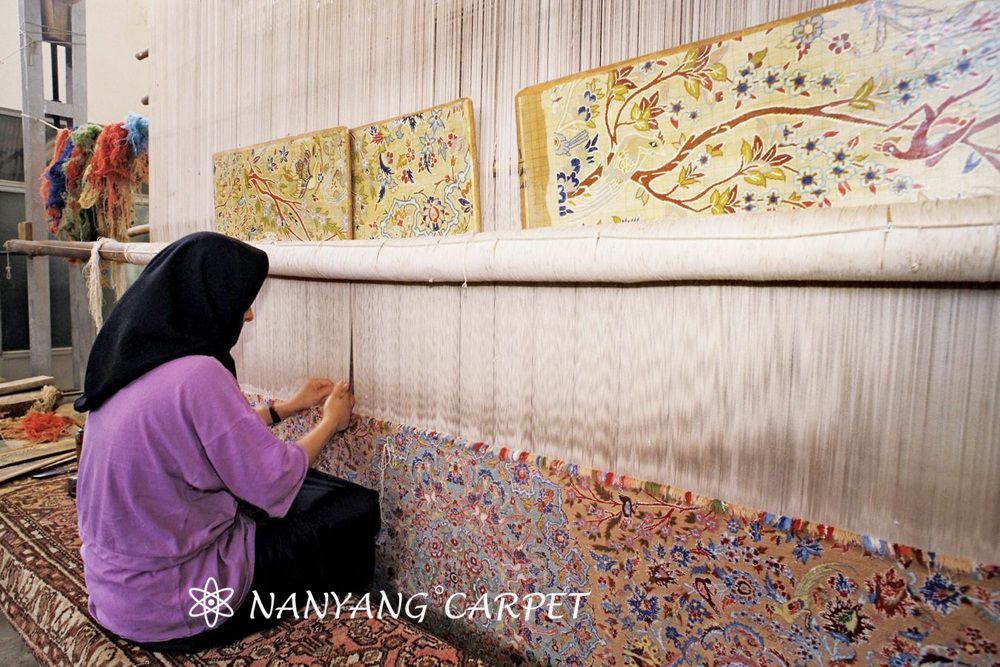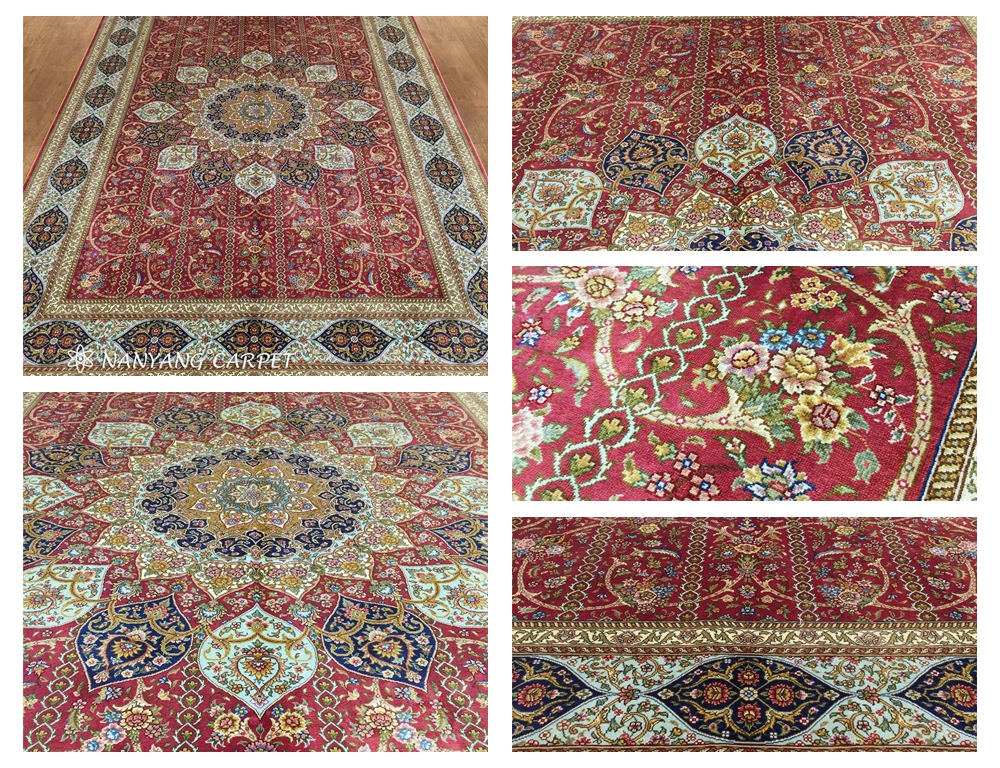The old Persian proverb says: Isfahan is halfway down the world.Isfahan City is a historic cultural city,which is located on the Iranian plateau at 1,600 meters above sea level. In the 16th century, the Persian king Abbas moved the city of Isfahan, making Persian carpet enter the Golden Age. First-rate artists began to engage in carpet design, sometimes signing important designs, making carpets from everyday objects into artworks and become a symbol of social wealth and luxury goods.Over time, Isfahan Rug also used in the royal palace of Persia, and presented to several rulers of European countries as significant gifts.The European royal family, the Holy See, and the aristocracy, spread Persian rugs on the ground or hang on the walls like precious oil paintings,which confirms the inevitable connection between nobles and carpet art.The prestige of Persian carpet today is largely due to the Isfahan rugs of that period.

Isfahan rugs or Isfahan carpets are mostly magenta in color,which are decorated with gazelles, lions, birds, fish, insects, and a few characters, Of course, as well as adorned with sunflowers, palm leaves, and vines and other plants. The era of Abbas was a time when the crafts of Isfahan carpet grew, developed ,and became a precious artwork that the royal family, the palace, and even the Holy See rushed to snap up. At the time of Western seafaring boom, the famed Isfahan rugs were exported to Europe, laying the foundation for Persian rug in the world.

Isfahan Rugs from Nanyang Carpet factory are made of natural silk, and the silk yarns are dyed by using natural plant mineral raw material,which makes them environmentally friendly and extremely soft and bright.Particularly, 6`x9`Isfahan Rug from Nanyang Carpet ,show both reliable quality and exquisite workmanship, as well as have super-soft feel and rich luster. Adorn the rooms with 6`x9`hand knotted Isfahan Rug can create a warm, comfortable living space.
This article is written by Elly from Nanyang Silk Carpet Factory.
没有评论:
发表评论